Do you have a question about the Autel MaxiCOM MK906 Pro and is the answer not in the manual?
Explains hazard levels indicated by signal words like DANGER, WARNING.
Covers general safety advice and user responsibility for personal safety.
Explains the document's formatting, symbols, and common conventions used.
Details how to follow step-by-step instructions within the manual.
Describes the tablet's components, features, and hardware.
Explains the VCI's function, description, and technical specifications.
Lists and describes optional OBDI adapters and other accessories.
Instructions on how to turn on the device and unlock the system.
Describes the purpose and function of various application icons on the Job Menu.
Explains the function of navigation buttons for device control.
Details the meaning of various icons displayed on the tablet's status bar.
Steps for safely shutting down and restarting the tablet.
Steps to connect the tablet and VCI to the vehicle for diagnosis.
Methods for identifying the vehicle for diagnostics.
Overview of screen layout, toolbars, and messages.
Comprehensive vehicle system scanning for fault detection.
Manually selecting control units for detailed testing.
Retrieving and displaying specific control unit specifications.
Reading and interpreting Diagnostic Trouble Codes (DTCs).
Viewing real-time vehicle data parameters.
Performing component and subsystem tests.
Component adaptations and recalibrations.
Overview of scheduled service and maintenance functions.
Accessing OBDII/EOBD diagnostics.
Safely closing the Diagnostics application.
Initial steps and methods to identify the vehicle for TPMS service.
Description of the typical sections of TPMS service screens.
Activating TPMS sensors and viewing their data.
Checking the status of the TPMS system.
Procedures for programming MX-Sensors.
Procedures for TPMS sensor relearning.
Installing a TPMS system when not factory-equipped.
Using OEM part numbers for sensor activation/programming.
Procedure for resetting the engine oil life indicator.
Maintenance and operation of the EPB system.
Looking up TPMS sensor IDs and performing replacement/reset.
Battery analysis, registration, and charging.
Functionality related to vehicle anti-theft systems.
Calibration of the steering angle sensor.
Process for unlocking gateway ECUs for advanced diagnostics.
Description of the battery tester tool.
Steps for inspecting batteries and establishing communication.
Performing battery, starter, and generator tests on installed batteries.
Testing batteries not connected to a vehicle.
Storing and reviewing past diagnostic records.
Managing workshop details for reports.
Creating and managing customer accounts.
Managing captured screenshots and PDF files.
Playback of recorded live data streams.
Managing installed software applications.
Adjusting measurement units and display language.
Configuring printing and diagnostic report synchronization.
Setting up auto updates and TPMS market region.
Setting pressure limits and sorting vehicle lists.
Accessing Android settings and viewing product info.
Updating the VCI firmware via internet.
Updating the BT506 firmware via internet.
Pairing devices and checking signal strength.
Downloading and installing diagnostic and TPMS software updates.
Steps to register the device for online services.
Description of the support interface structure.
Viewing user and product details synchronized online.
Accessing video tutorials and submitting diagnostic data.
Frequently asked questions about accounts and payment.
Steps for enabling remote assistance from a technician.
Process for submitting questions and issues.
Finding supported functions based on product or function name.
Details of the video scope camera and its components.
Accessories for the imager head (mirror, hook, magnet).
How to take images and record videos with the MaxiVideo.
Navigating to Autel's website and other automotive resources.
Guidelines for cleaning and maintaining the device.
Common issues and solutions for tablet operation.
Information on the device's lithium-ion battery and safety.
Information on technical support, repair, and parts.
FCC, RF, CE, and RoHS compliance statements.
Terms and conditions of the product warranty.
| RAM | 4 GB |
|---|---|
| Storage | 128 GB |
| Audio Input/Output | Built-in speaker and microphone |
| Operating Temperature | -10°C to 50°C |
| Languages | Multiple languages |
| Operating System | Android |
| Battery | 10, 000 mAh |
| Connectivity | Wi-Fi, Bluetooth |
| Sensors | Accelerometer |
| Storage Temperature | -20°C to 60°C |
| Protocols | CAN, KWP2000, J1850 |
| Supported Protocols | CAN, KWP2000, J1850 VPW, J1850 PWM |
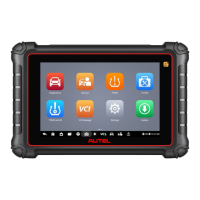

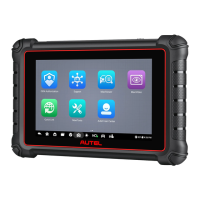
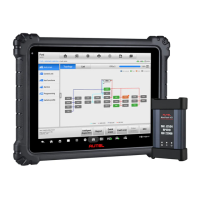
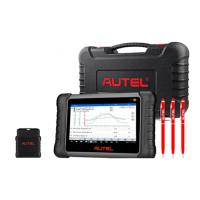
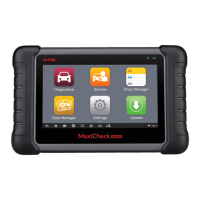
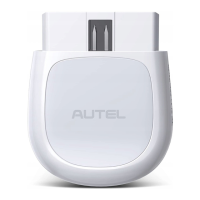
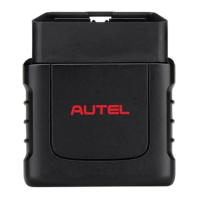
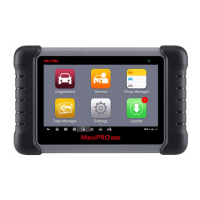
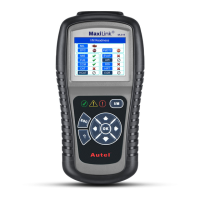
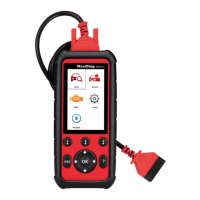
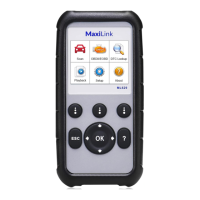
